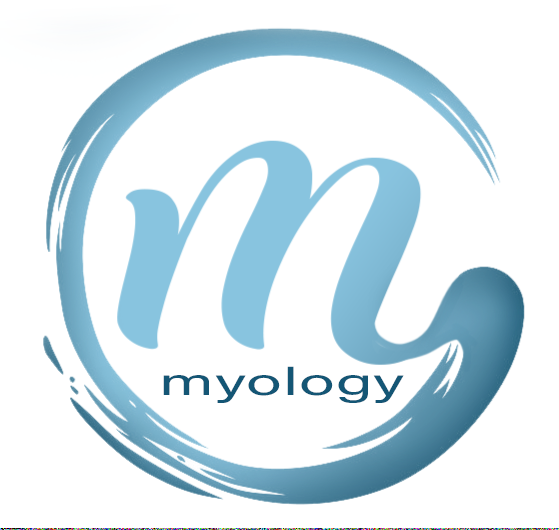What is a tongue thrust?
A very common referral for myofunctional therapy is tongue thrust. Tongue thrust is a learned habit. It is usually the body's way of a "workaround" when another dysfunction is present. A tongue thrust can be easy to spot, or it can be challenging. Usually, a trained dentist, hygienist, speech-language pathologist, or orthodontist can spot tongue thrusts. Tongue thrusts are one of the main reasons for orthodontic re-treatment. Patients go through orthodontics only to realize that their teeth have shifted a few years after finishing.
What causes tongue thrust?
As stated before, tongue thrust is a learned habit. It is almost always developed as the body's way of compensating for another dysfunction, such as tongue tie. The tongue should always rest on the roof of the mouth, and during swallowing, the tongue should carry food or liquid back to the throat in a wave-like motion. With a tongue tie or other dysfunction, neither of these things can happen, and the tongue rests on either the upper or lower teeth or pushes against the teeth when swallowing as a "workaround."
How can myofunctional therapy help?
Myofunctional therapy is an excellent way to correct tongue thrust. It treats the source of the problem, unlike the "tongue trainer" appliance, which works as "deterrent therapy." Myofunctional therapy uses exercises and neurological re-education to strengthen the tongue and guide it to function as it is meant to.





